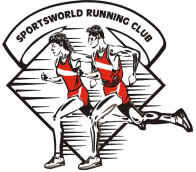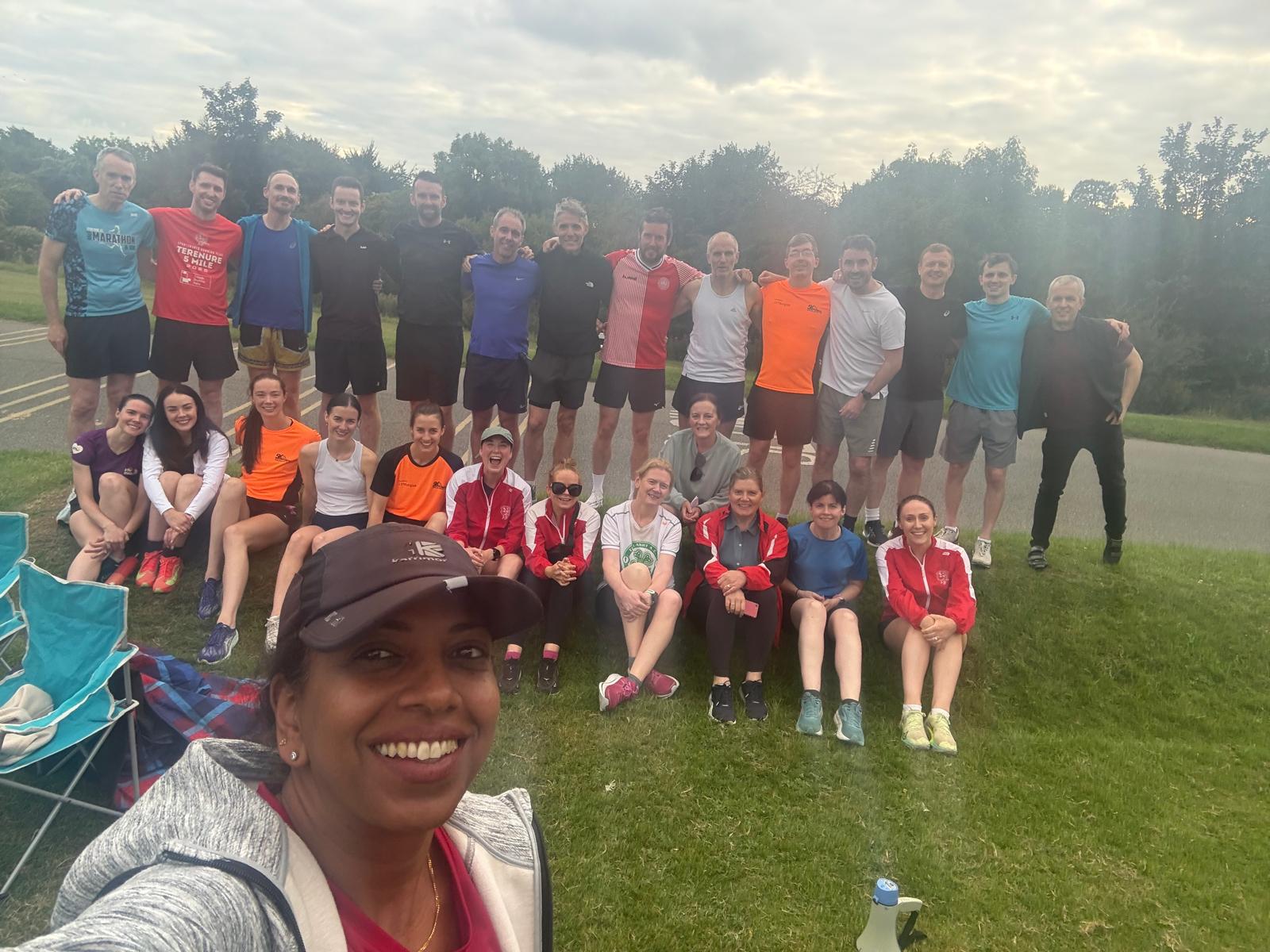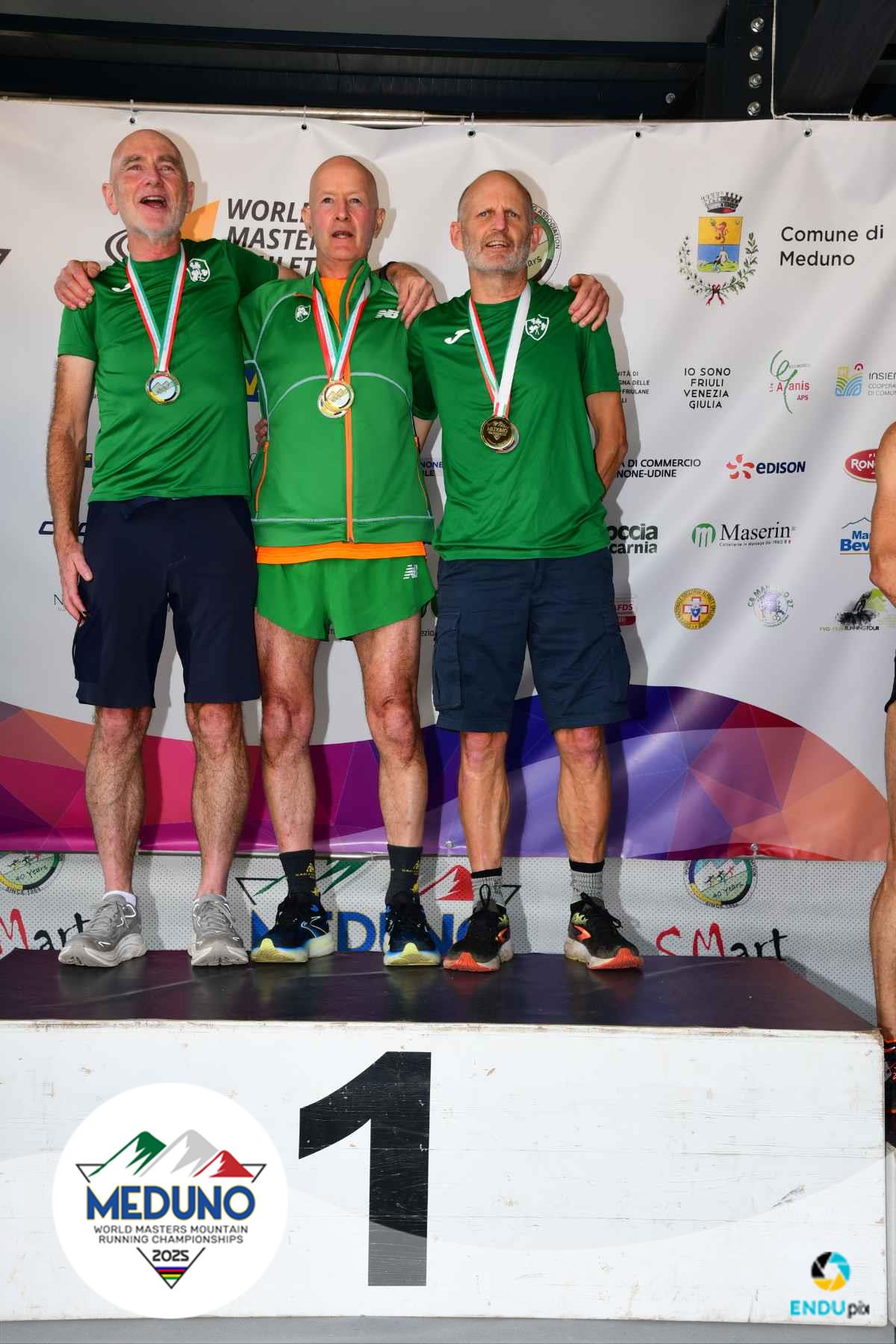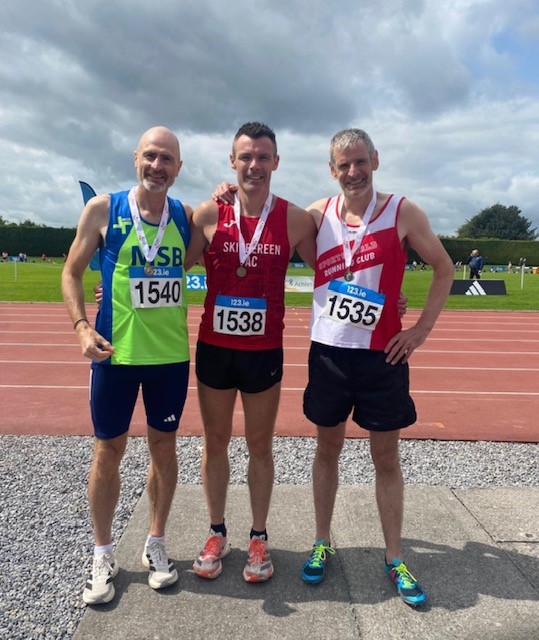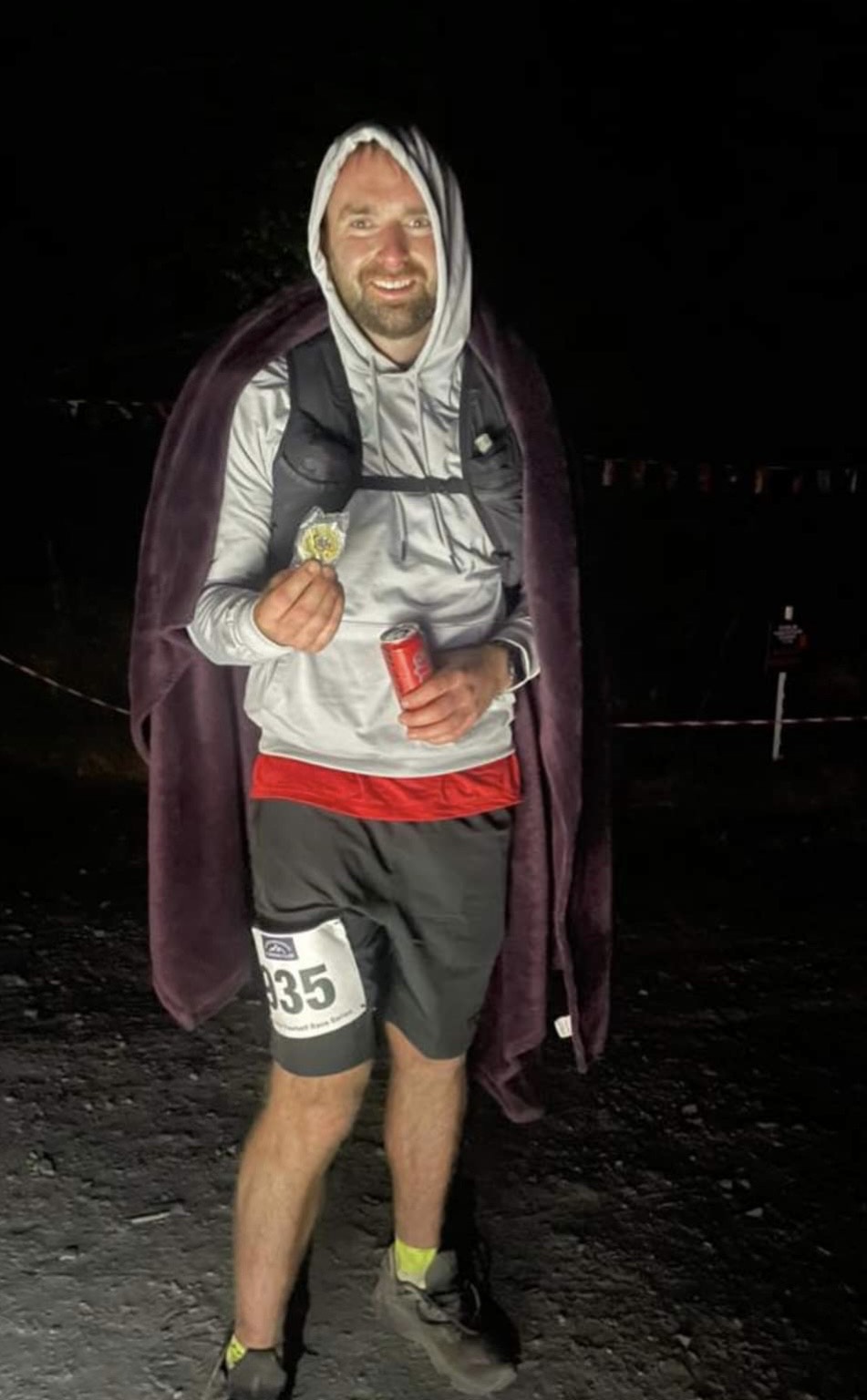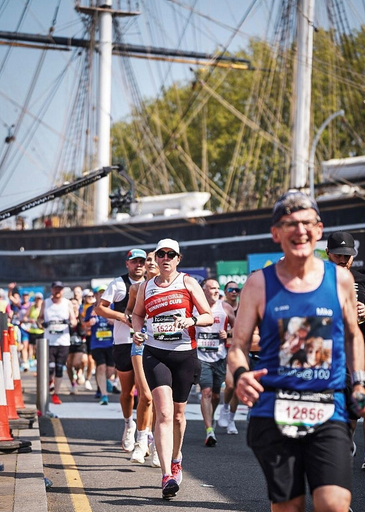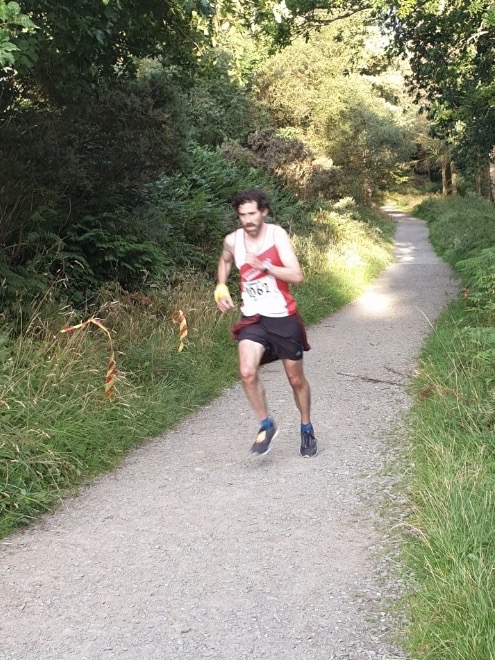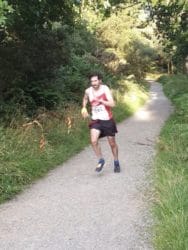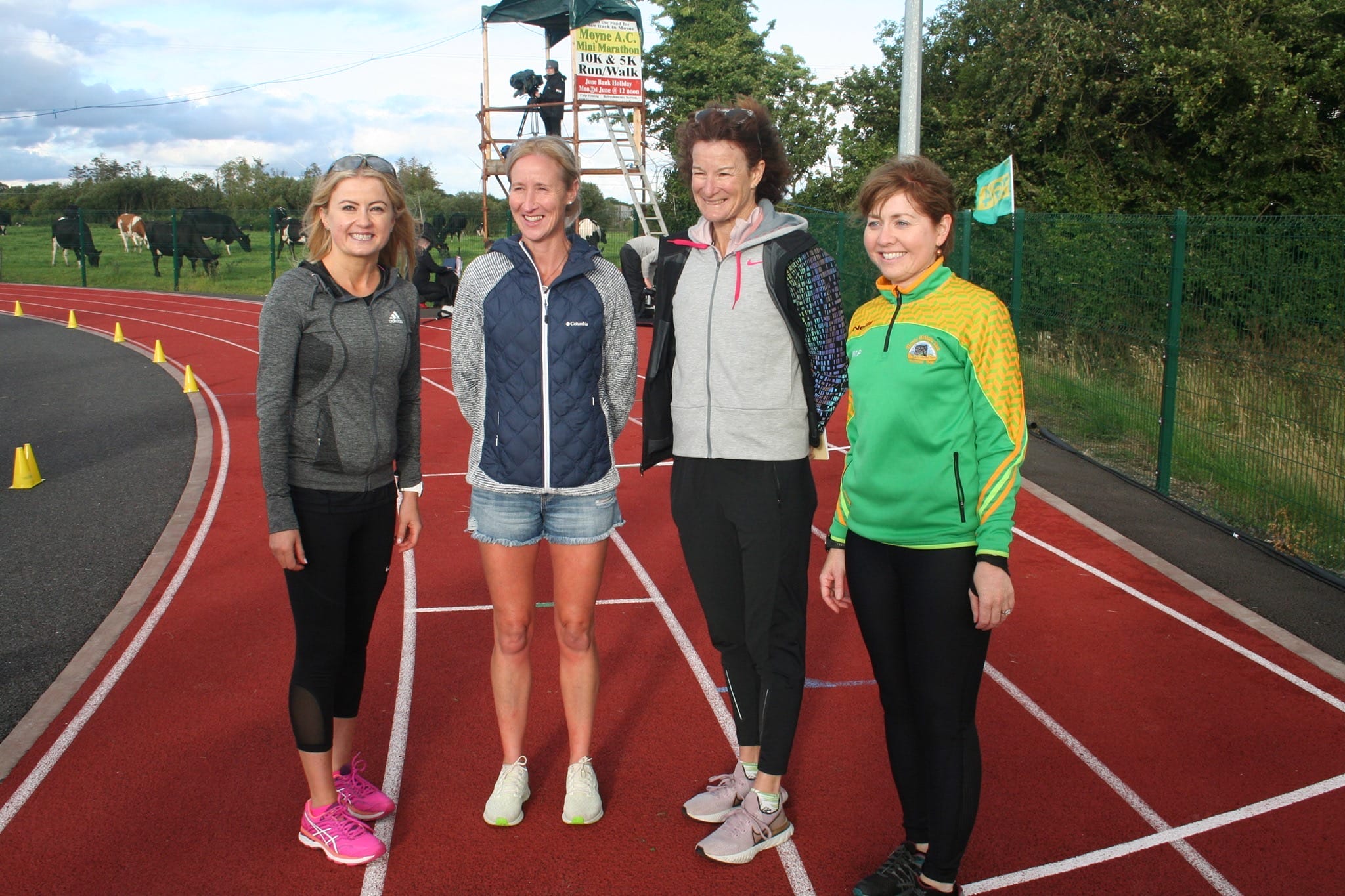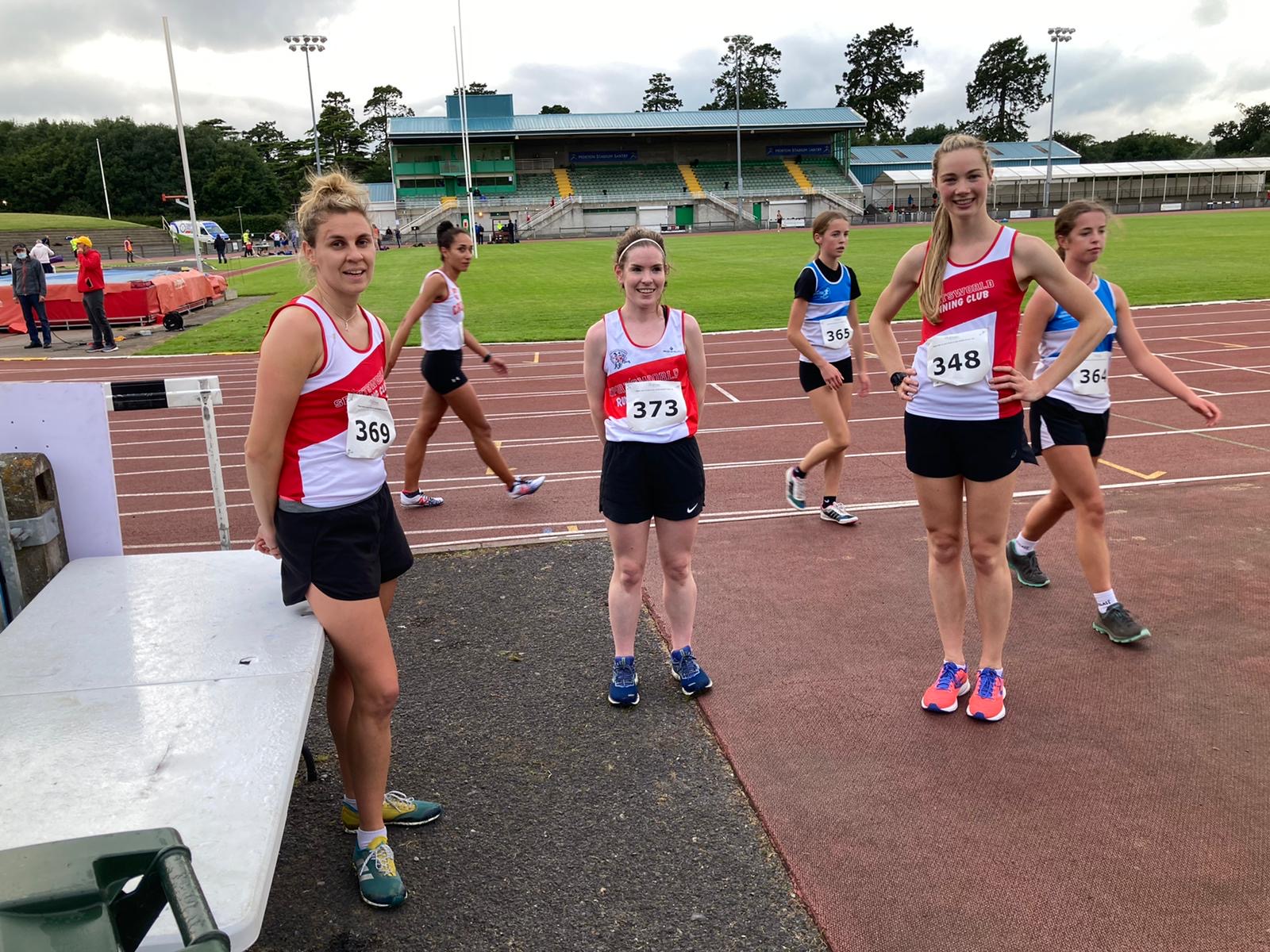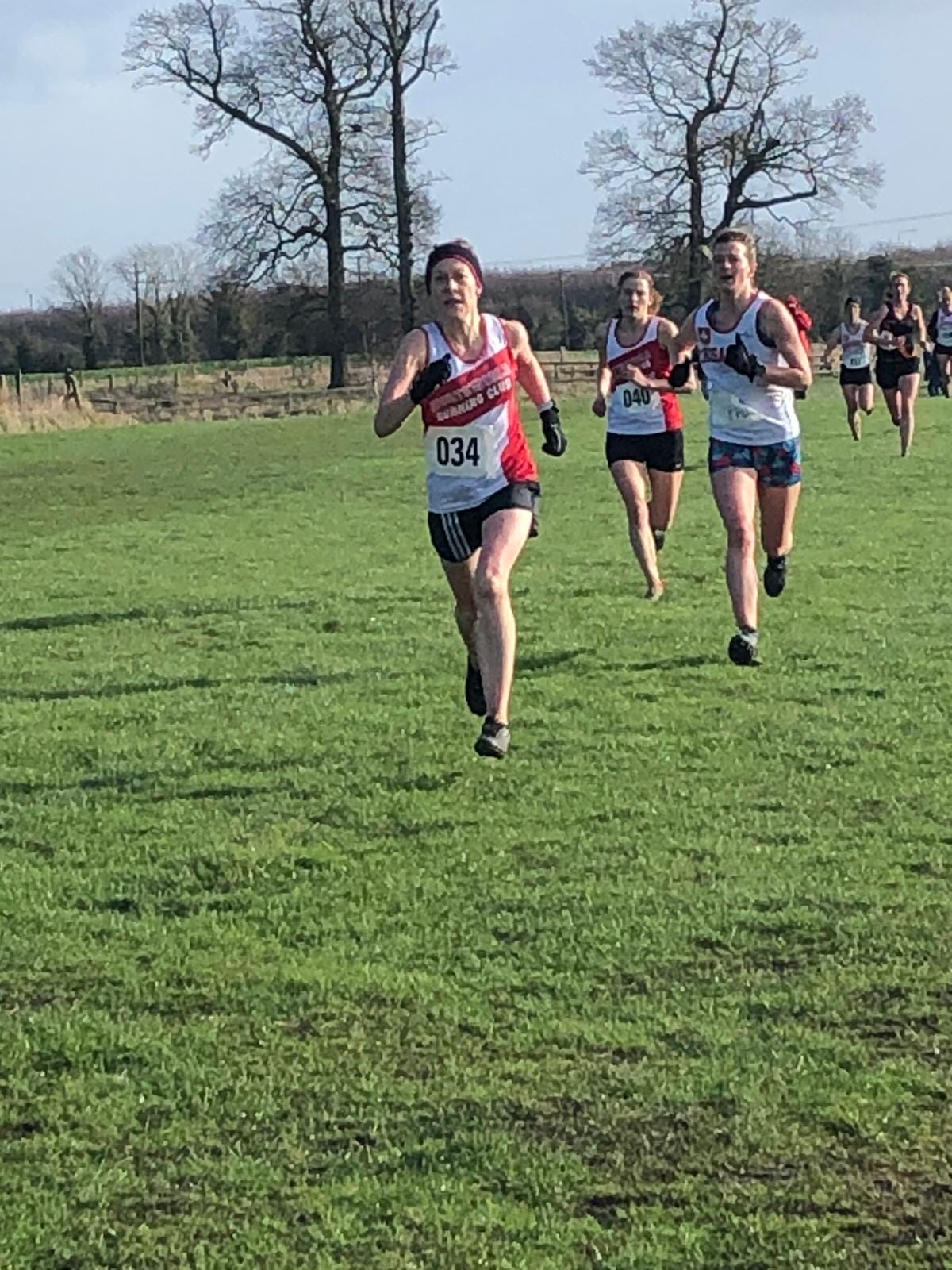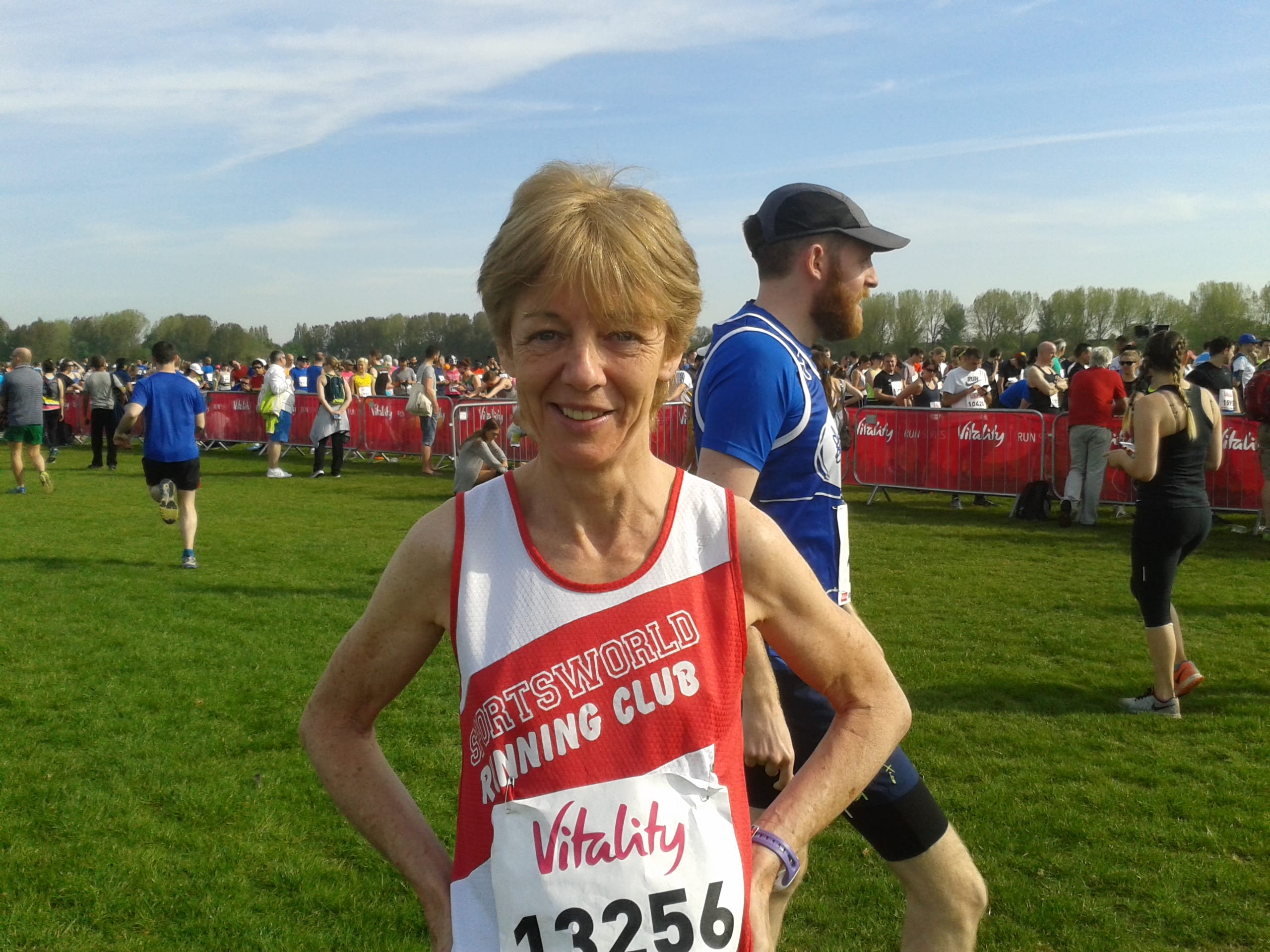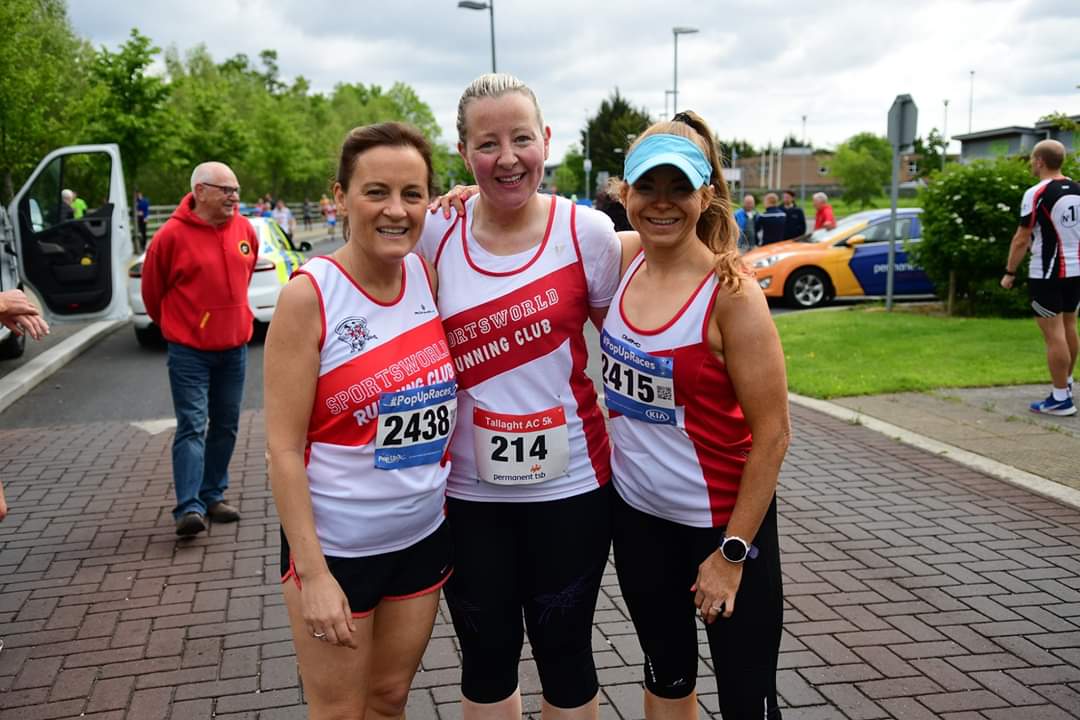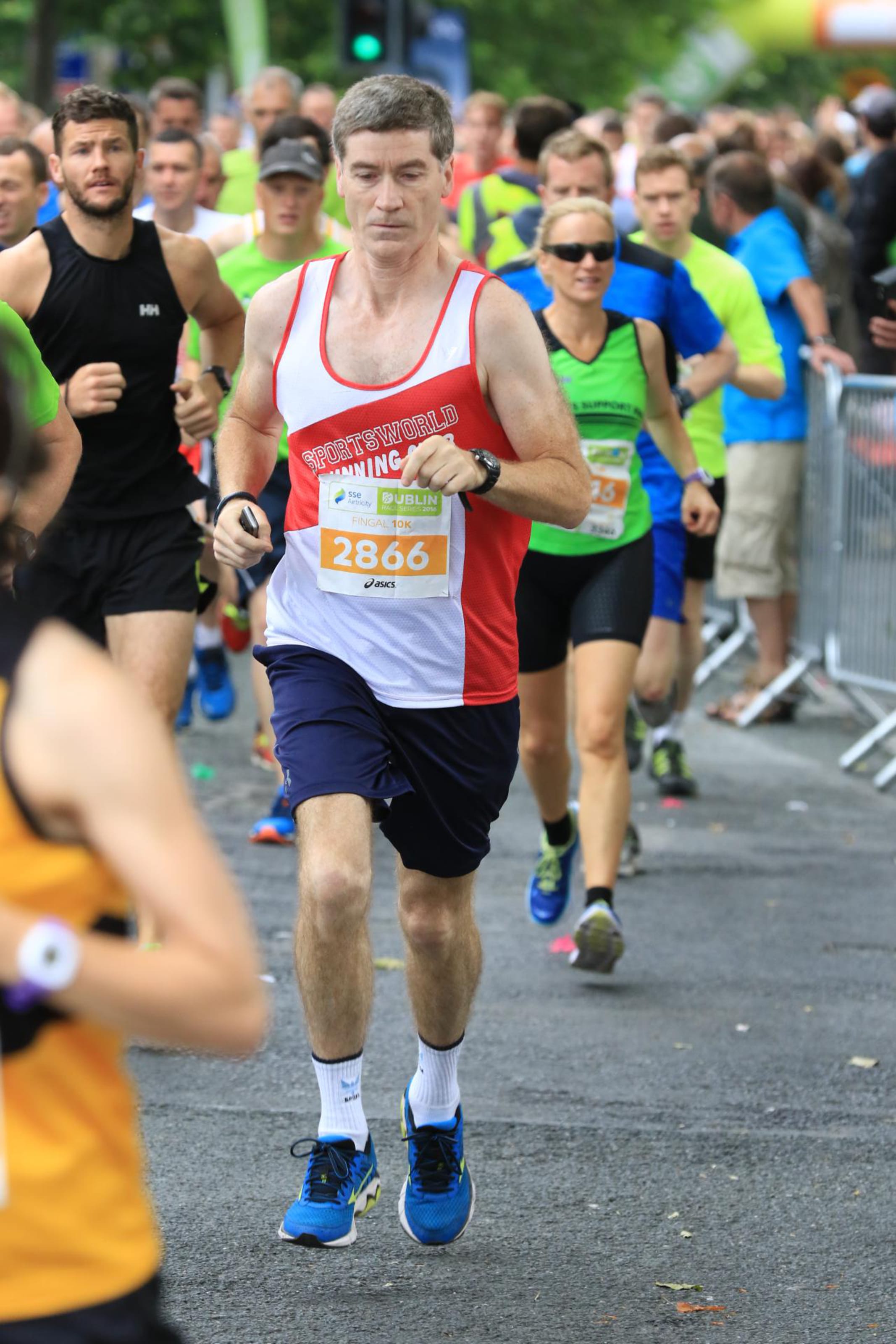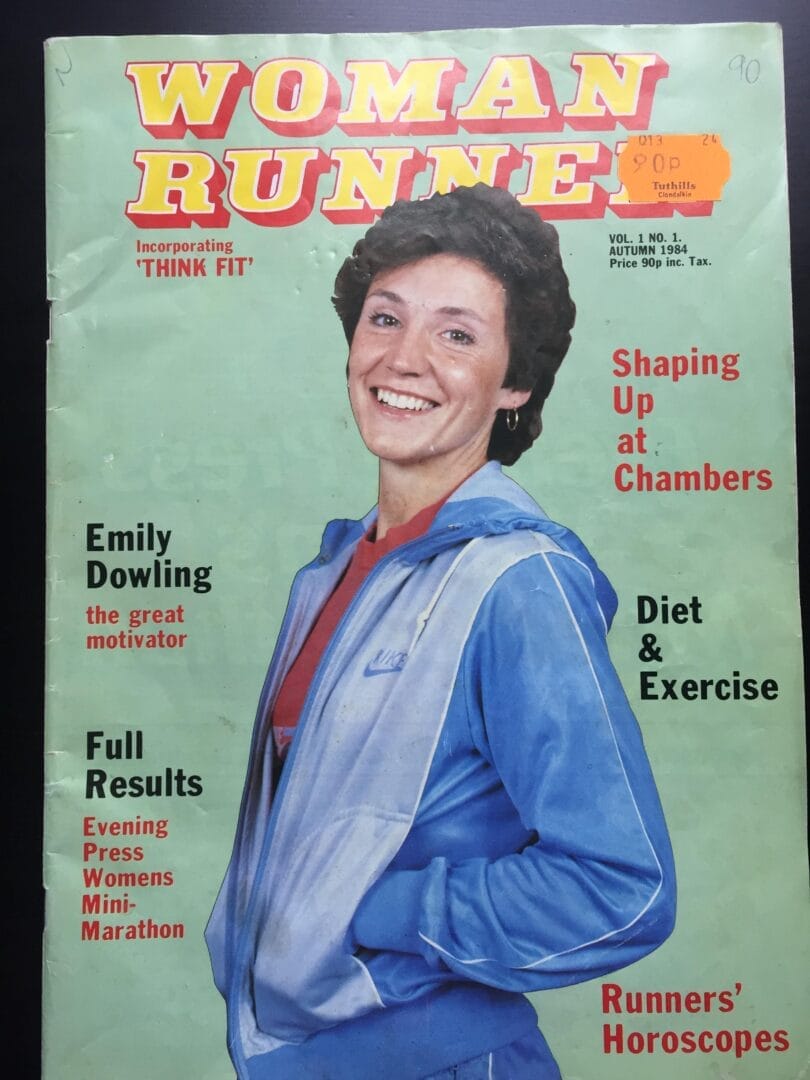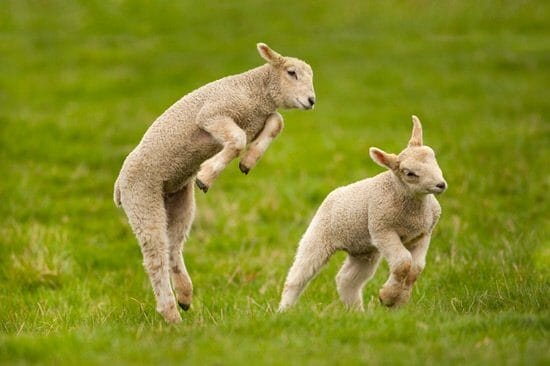OMG… Just call me Karol
Full of the joys of last week’s IMRA Scalp race, I signed up for my next Wednesday evening escapade, at IMRA Prince William’s Seat – 364m of climb, over 8.39k, according to the blurb. This is not far from Johnnie Foxes, Glencullen. Also, ready to do battle, were Karol Cronin and John Fitzgerald.
There is an early start option for all but the shortest of IMRA races. This is for those who expect to finish at more than 160% of the winner’s time. This is my usual option. I call this the Championship option. Karol, of course, was in the Champions League and looking to add to his Ticknock and Scalp victories.
The top 5 places were taken up by Crusaders, Sportsworld and Rathfarnham. Karol had an almighty battle. Judging by the photos, he took an early lead. Paul Stephenson, Rathfarnham was right on his shoulder though. Jason Kehoe, Crusaders, came into the frame as the race progressed. There was some confusion at one of the turns (No reflection on the marking of the course – again, superbly executed by IMRA). In the end, Jason pipped Karol by 8 seconds. Karol pulled 20 seconds clear of Paul. Two firsts, and a second at Prince – Karol remains our Mountain King.
Meanwhile, back in the Championship, with Tim. I had been watching Karol, the previous week…so tied my compulsory rain jacket around my waist and took to the front at the starting line. A little downhill had put 3 of us out in front. Then a climb of 1k saw me move into second place. I was happy to try to stick with the ‘leader’ as uphill and me aren’t best friends yet. Then, he started walking, and I figured that he was struggling as much with the hills as me.
OMG, I was in first place in a race for the first time in my life. Only 7k to hold on. Off the fire road, and through the forest. A bit of downhill and I accelerated. Ahhh…I need to look out for the route markings! Red and White ribbon attached to trees or rocks, as the route zig zags through forest, bog, and rocks. A steep climb up the bed of a waterless stream. I look behind and figure that I am ok to walk for a bit. The adrenaline of leading is really kicking in but I am pleased that I hold myself back, and keep myself strong. I figure the following pack will also walk here. I focus on ensuring I stay on route.
Out of the forest and onto the Wicklow Way, downhill, and I push on, before a left onto the mountainside for a climb to crest Prince William’s Seat. I am slow again here. As I near the peak, I can see my primary rival maybe 400m behind. Roughly halfway now and I am feeling confident with the downhill to come.
Trickier than I thought, looking out for the markers, whilst jumping from rock to rock ‘at speed’.
Over to Raven’s Rock next – one of my favourite spots. It was too misty this evening for great views, but worth a trip, and a pint at Johnnie Foxes after. Then down a steep and very tricky and dark stream bed.
Back into forest for a bit and out onto fire road. Hit a junction and it seems logical to follow it down but I hesitate and correctly decide to go right, uphill again, as these are the only markers I see. A bit of a drag uphill and then I hit a dead end. I have gone wrong. I backtrack 200m and cop my rookie error. There was a plethora of ribbon indicating a junction (I did not know this) and I could now see a marker in the forest. My rival was now clearly in sight, about 100m away. I knew that I would have now given him some hope. Still – happy to be back on route – still in lead – and feeling strong, I leaped through a very tricky forest and onto a fire road, only to see my rival 10m behind me, already on the fireroad! (Not sure how that happened).
I shot off downhill, in shock – maybe a bit more than 1k to go I thought. Then it surprisingly hit uphill again. I was giving it my all now and really feeling it. Then I copped that I had an extra 400m than I thought to go, because of my detour – keep pushing. I was looking behind me, but all was quiet. Downhill again and happy days…
John Fitzgerald was also in heroic form and came in first in his age category !
Karol (2nd Overall) came home in 36:55; Tim in 55:49; and John (1st in Age Cat) in 62:38.
It was a really enjoyable race; superbly organised; €7 (plus €10 annual membership). Great training and whole-body workout. I look forward to moving up to the Premiership in my next IMRA outing. I thank Karol and John for them inspiring me. Happy Running.
